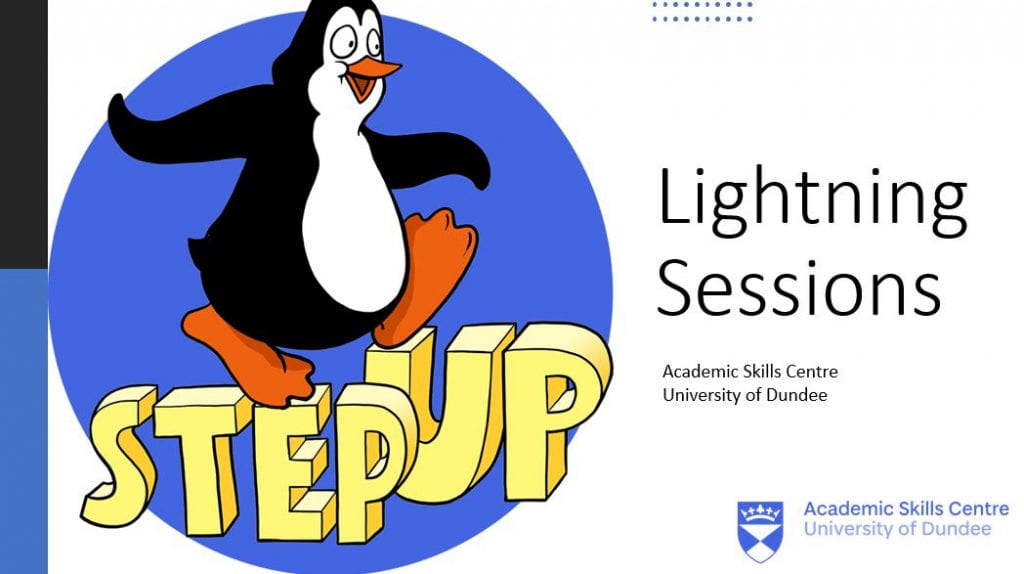Plagiarism is defined by Oxford University as “presenting someone else’s work or ideas as your own.” It’s a serious form of academic misconduct, and major cases of plagiarism (such as copying an essay from the internet, or buying one online) can result in expulsion from the University or from professional bodies.
Most forms of plagiarism aren’t as big or obvious as stealing an entire essay. In fact, students sometimes plagiarise accidentally, simply by not checking the rules! Even “small” instances of plagiarism, however, may well come with penalties, such as failing the assignment or even the module. The good news is that, once you learn a few basic rules, it’s easy to avoid plagiarism and write with academic integrity!
To learn more about avoiding plagiarism, watch our Lightning session, the scroll down to read more.
[To jump straight to the session, head to 1:08]
Essentially, any time you use someone else’s words or ideas, you must cite them. In the recording, you’ll find a variety of scenarios, but let’s look at a few of the main ones here.
1. Using someone else’s words.
If you copy exact words directly from a source, you must put those words in quotation marks and cite them. Sometimes, students copy-and-paste a few sentences from a source and provide a citation, but they don’t put the words in quotation marks. This is plagiarism, and will be flagged up by Turnitin software. Any exact words you take from a source must be put in quotation marks, whether it’s a full sentence, or just a small phrase.
2. Using someone else’s ideas.
If you use someone else’s idea, you must cite them. This is still true even if you don’t use their exact words. Sometimes, we condense someone else’s ideas and put them in our own words instead. This is called Paraphrasing, and it’s a good thing to do in an academic essay! When you paraphrase, you shouldn’t put the sentence in quotation marks, but you do need to cite the source of the idea.
3. Citation and Reference
Citing your sources correctly involves two parts. First, you must include an in-text citation (either in parentheses, or a footnote, depending on your referencing style) right when you mention the source. Then, you must include a full reference in your bibliography at the end of your essay. Both the in-text citation and the reference at the end of the essay are mandatory in most referencing styles.
In the Lightning Session, you’ll find many more scenarios, and a detailed discussion of how to avoid plagiarism. If you want to test your knowledge, you can also try our Plagiarism Quiz for yourself!

